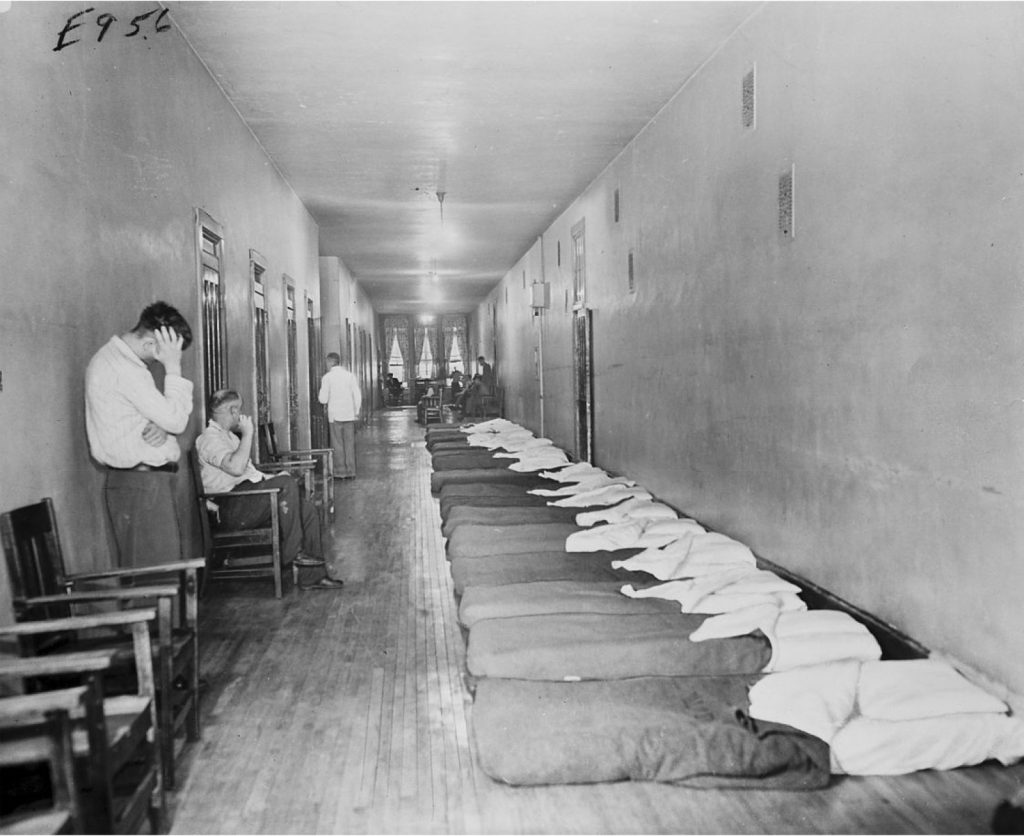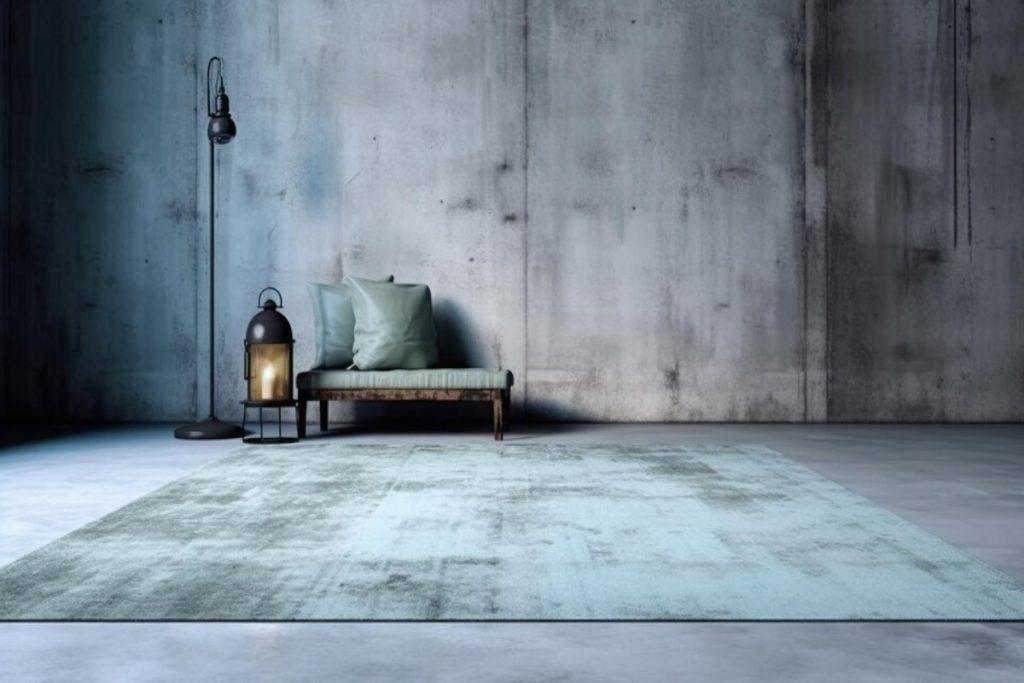When hospitalization becomes necessary, whether voluntary or not, the design of the space you are confined to has serious effects on your mental well-being. These effects are detrimental to recovery.
Learn about how we aim to remedy this.

Chicago Daily News photo, Chicago History Museum, ICHi-16073
Check the Facts
98.8%

… median probability that the [first] hospitalization decreased [patients] willingness to voluntarily go to the hospital in the future for psychological distress, but this probability dropped to just 0.6% for those in the top quartile of PCC.”
-Morgan C. Shields
This is why our mission is so important. If we can improve the designs and quality of care at mental facilities it will create less of a barrier for patients to seek further treatment.
*PCC is Patient-Centered Care, esentially the higher quality care that patients recieved during their first hopitalization decreased patients resistance to seek help in the future.
“46%
Of adults in Philadelphia reported “experience poor mental health” at least 12 times over the course of a year” (Temple University).
Understand The Impact
Think about it this way, imagine your home. Now take away any natural light. Get rid of any art, pictures of your family, or colorful wall colors. Imagine all the rooms feeling cold and uninviting. If this thought makes you shiver, just think about how it would impact you if you were already managing a mental illness.
Take depression as an example, the world already feels so cold and isolating. Now, on top of that, the space where you spend all of your time makes you feel even worse. Unfortunately, this is not just a hypothetical scenario. This is the reality of many people suffering from mental illness.

Recovery-Based Treatment
The senior vice president of MetroHealth’s Campus Transformation, Walter B. Jones, Jr., says the “Best practices for treating and housing patients with mental illness have shifted from custodial care to person-centered recovery. This means that modern behavioral health spaces are “challenged to meet safety and security obligations while providing humane and healing patient spaces” (IIDA) This makes the design process challenging yet more important than ever before.

